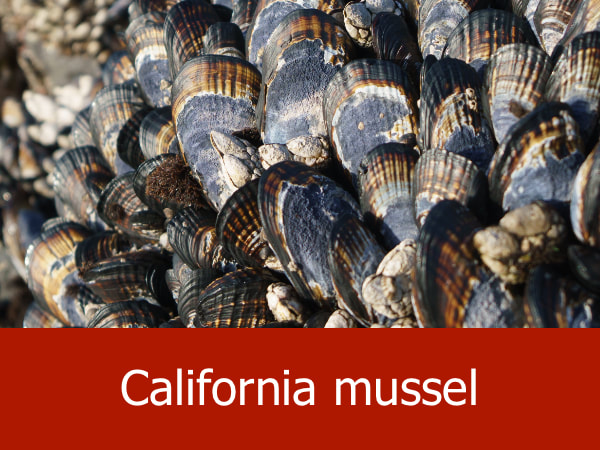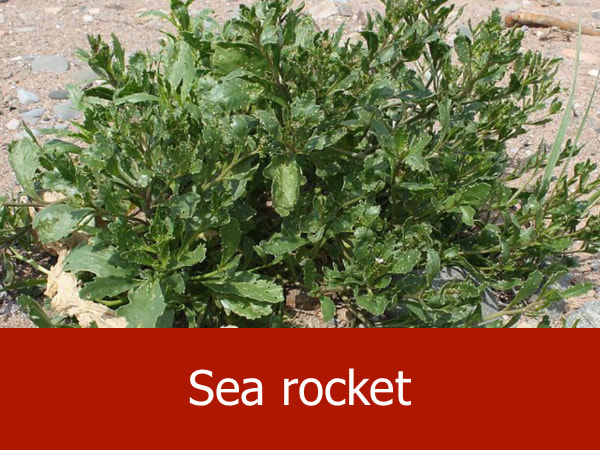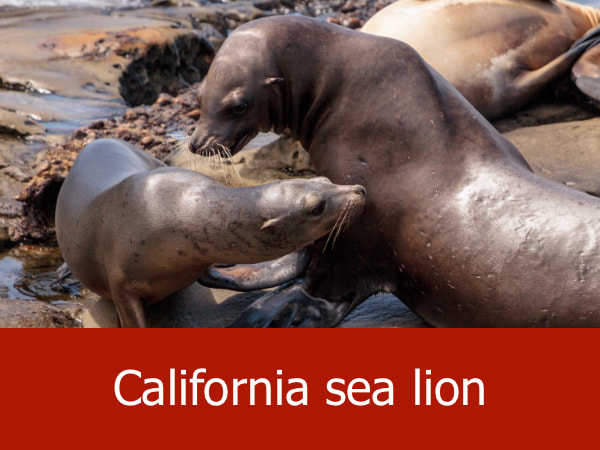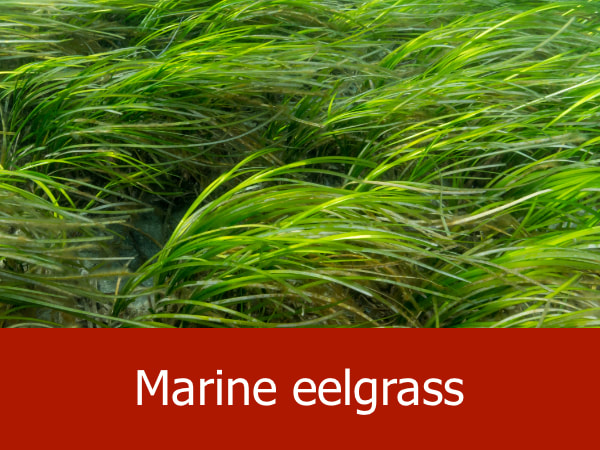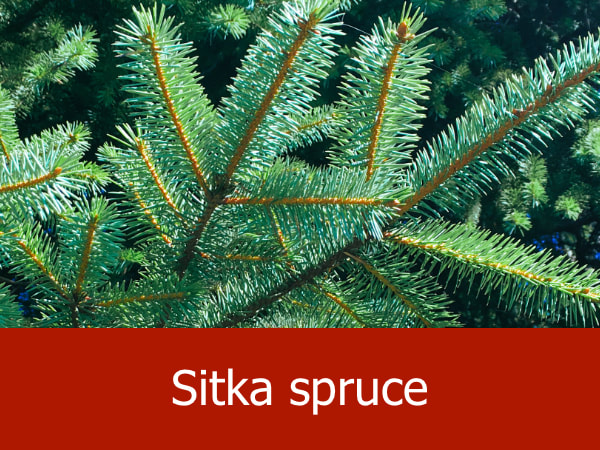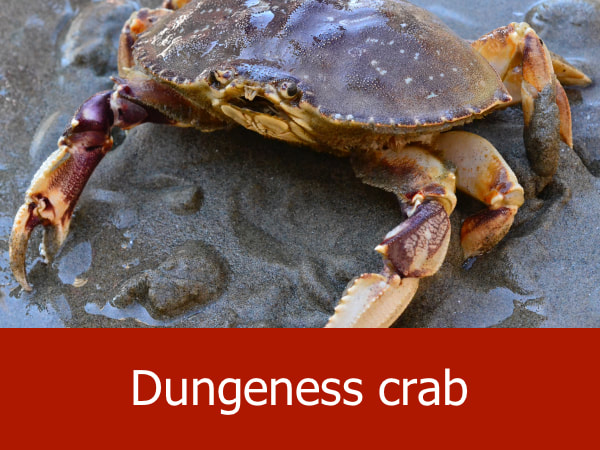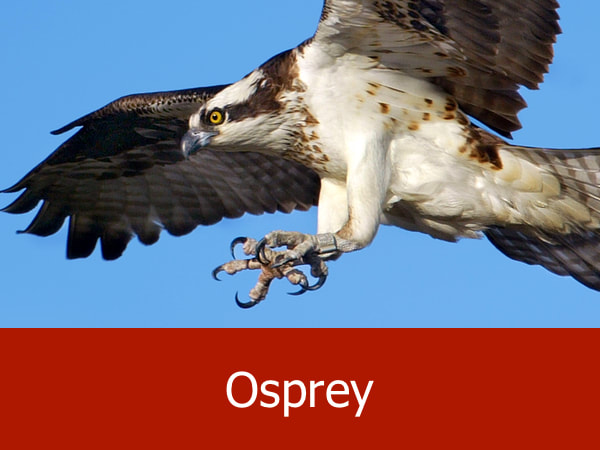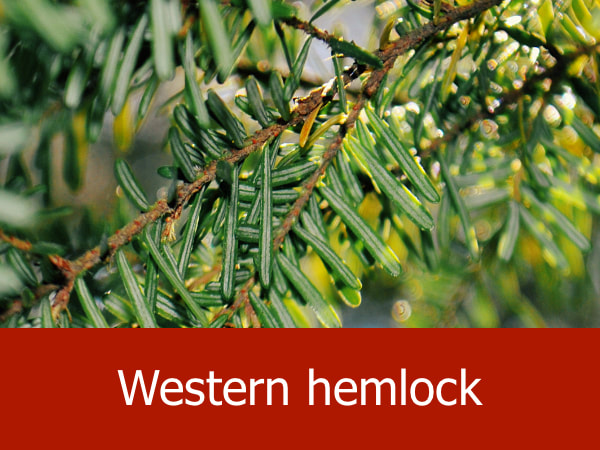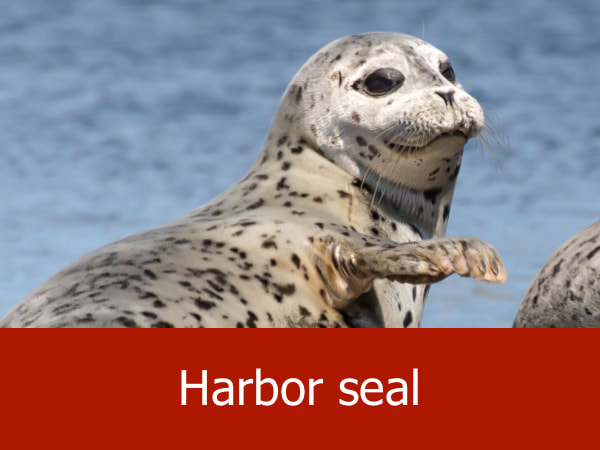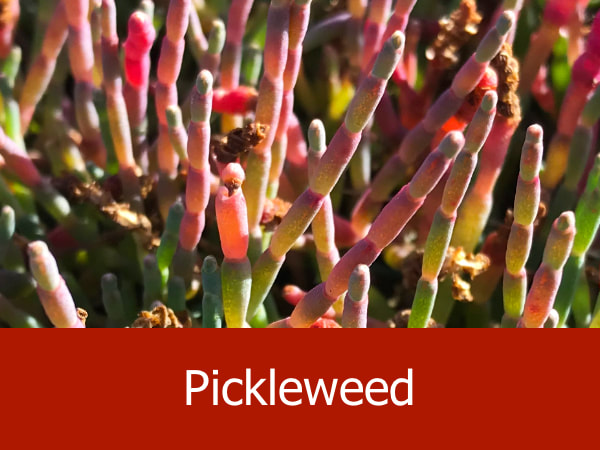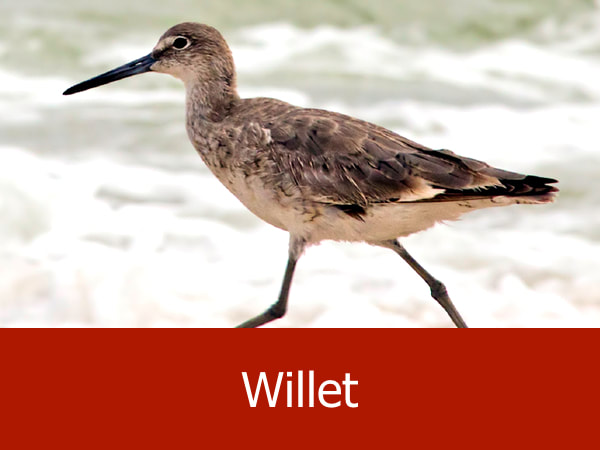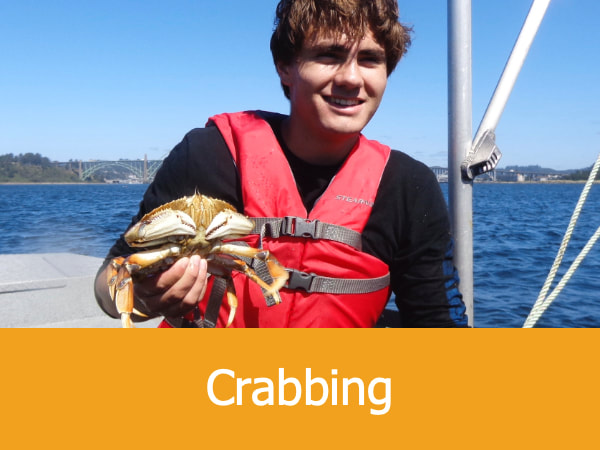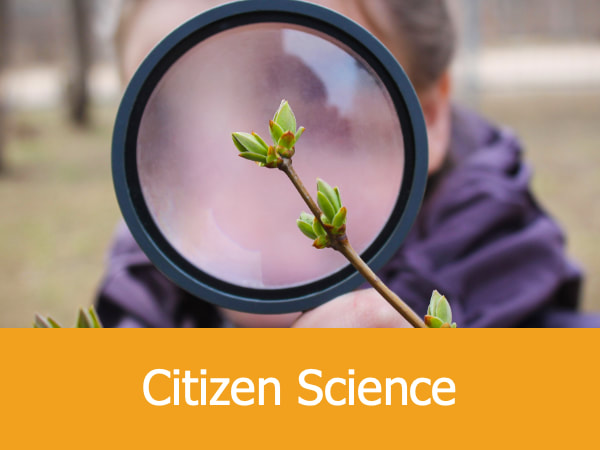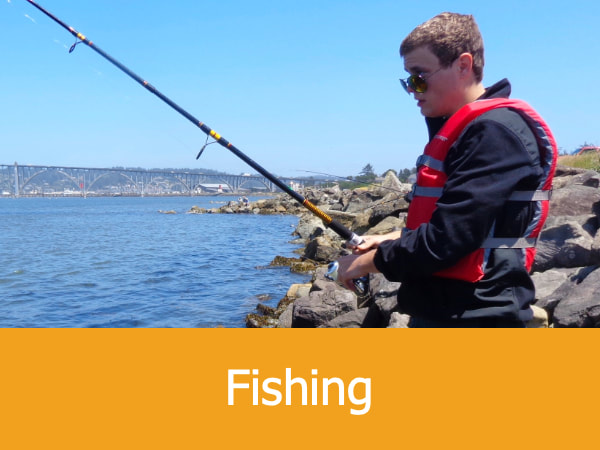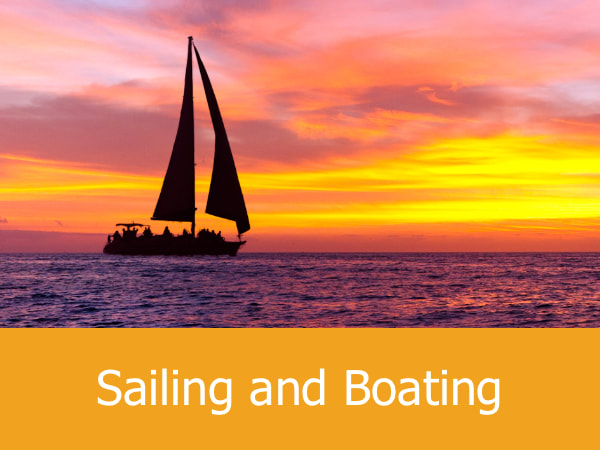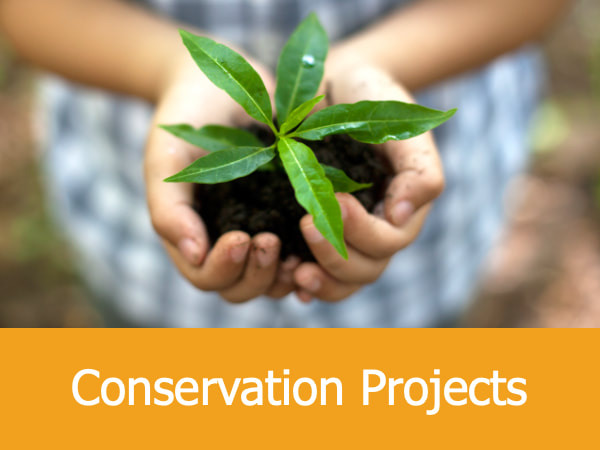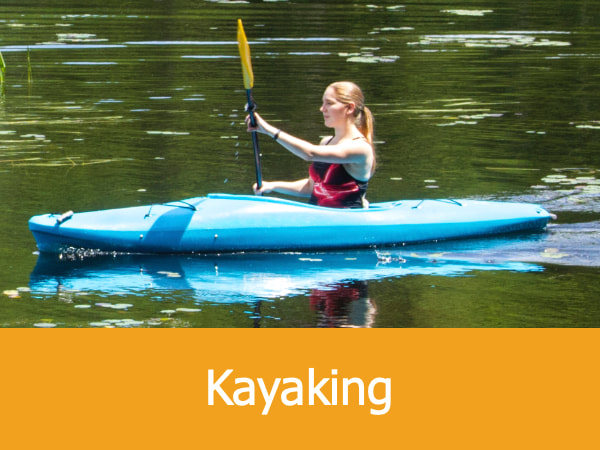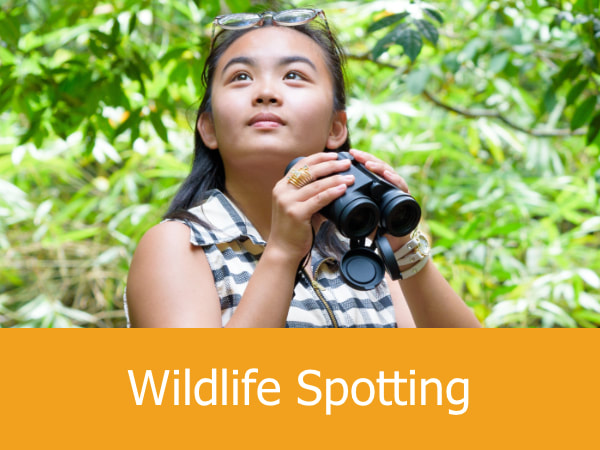|
ECOSYSTEMS > OREGON COAST
Of all coastal areas, estuaries are arguably some of the most important due to the vital role they play in the life-cycles of many marine and terrestrial species. The term "estuary" can sometimes be used interchangeably with bay, lagoon, sound, or slough. Estuaries are fairly easy to locate. They exist in almost every place where a river flows into the sea; where fresh water discharging from the land mixes with the salt water of the ocean. Although every estuary is unique based on its depth, breadth and water flow, they all contain this mixture of “brackish water.” The presence of brackish water means marine, freshwater and terrestrial species can use estuaries for many phases of their life-cycles from birth to maturation; as a major food source; and as vital habitat. In fact, estuaries are some of the most biologically productive places on Earth. |
|
Great for Animals, Plants and People:
The biological diversity in estuaries doesn’t mean just animals. A huge variety of plants grow here, resulting in abundant food sources for birds, fish, mammals and invertebrates of all kinds. Estuary plants also serve other functions — they act as a natural filtration system which purifies the water, and stabilizes the shoreline by binding together sediments.
People realized the value of estuaries early on. Long before European explorers ever made it to Oregon, the native peoples were using estuaries to hunt, fish and gather raw materials. They built settlements along their edges, which gave them easy access to the marshes, the ocean and the nearby coastal forests. Once European and American settlers arrived, they followed suit, often building major towns at the edge of estuaries. Even today, many of Oregon’s coastal towns are located on or near estuaries.
Over time, however, the presence of humans has damaged many estuaries. Roads and parking lots create unnatural barriers which halt the natural mixing and filtration of water. Toxins and debris damage water quality. Over-harvesting of fish and shellfish we use for food has caused serious population declines.
But this trend is slowly reversing. As we discover why estuaries are important to us and healthy oceans, we’re doing more and more to protect and restore them. What can you do to help?
People realized the value of estuaries early on. Long before European explorers ever made it to Oregon, the native peoples were using estuaries to hunt, fish and gather raw materials. They built settlements along their edges, which gave them easy access to the marshes, the ocean and the nearby coastal forests. Once European and American settlers arrived, they followed suit, often building major towns at the edge of estuaries. Even today, many of Oregon’s coastal towns are located on or near estuaries.
Over time, however, the presence of humans has damaged many estuaries. Roads and parking lots create unnatural barriers which halt the natural mixing and filtration of water. Toxins and debris damage water quality. Over-harvesting of fish and shellfish we use for food has caused serious population declines.
But this trend is slowly reversing. As we discover why estuaries are important to us and healthy oceans, we’re doing more and more to protect and restore them. What can you do to help?
Built Up and Drowned Down: Oregon's Estuaries
In Oregon, there are two major types of estuaries:
- Bar-Built: These estuaries are constructed through natural tidal action of the ocean. As the waves hit the land, they push up sediment which forms wide, sandy bars. These bars act as a natural barrier between the salt and fresh water, limiting their mixing. In these estuaries, wind can play more of a role in mixing water than either tidal action or river flow. An excellent example of a bar-built estuary is at the mouth of the Salmon River.
- Drowned River Mouth: These estuaries were formed during the end of the Pleistocene Epoch. As the world warmed and glaciers and ice floes melted, the ocean level rose flooding low-lying areas. This included many river mouths which typically had shallow bottoms. Most of these estuaries occur along the Central Oregon Coast and include Siletz Bay, Yaquina Bay, Coos Bay and the Coquille River.
Where Can I Find Estuaries in Oregon?
|
Tillamook Bay, Tillamook and Vicinity
GPS Coordinates: 45.5166536, -123.9466433 |
Coos Bay, Coos Bay and Vicinity
GPS Coordinates: 43.3831722, -124.299205 |
|


